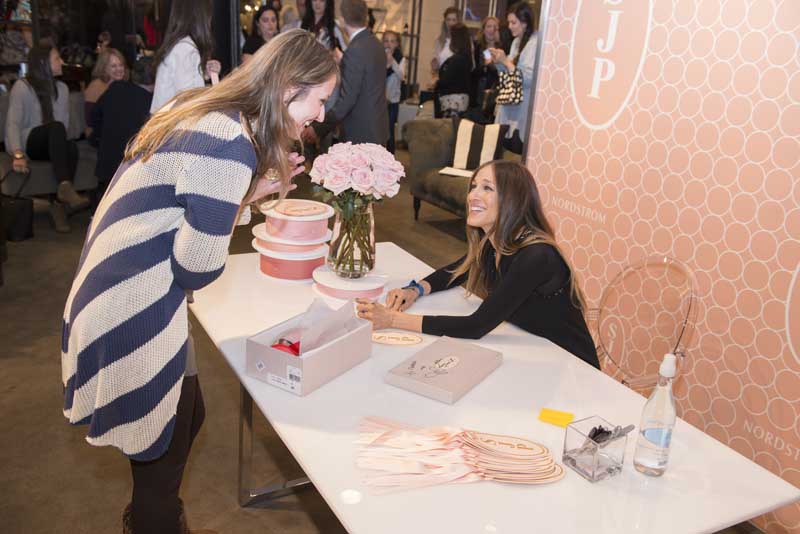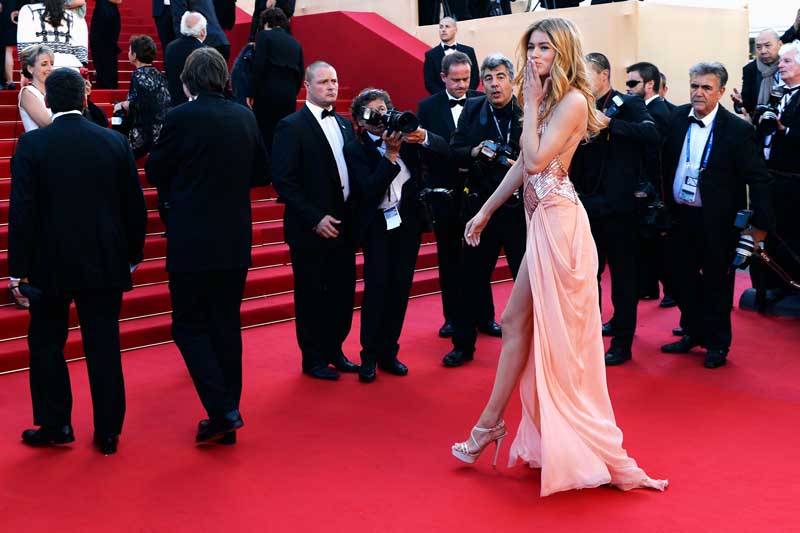 Classified as “Children’s fiction”, the cover of “The Fourteenth Goldfish
Classified as “Children’s fiction”, the cover of “The Fourteenth Goldfish” is intriguing nonetheless. A beaker turned into a fishbowl is shown with the expected goldfish. Underneath the main title, it says “Believe in the possible” with the word “impossible” crossed out and replaced with the word “possible.”
The book begins with eleven-year-old Ellie lamenting the death of her goldfish. Told in the first person account, Ellie recollects everything that had happened in her life since kindergarten.
Enter Melvin, an adolescent relative who had come to live with Ellie and her mother. Melvin is different from other teenagers. Instead of the expected video games, he loves science.
From Ellie’s tween angst, the book goes to teen angst. Melvin is 17 going on 70. Between Melvin and Ellie, the book is a total riot. Through their hilarious discussions, scientific concepts are discussed and made easy to understand.
In fact, if you are a parent and you want your child to be interested in science, “The Fourteenth Goldfish” might be the best book you can read to your child, even give it to them.
And, in the end, the second line of the title is an apt addition because you will truly believe in the possible!
Believe in the possible . . . with this brilliantly quirky, thought-provoking novel from New York Times bestseller, three-time Newbery Honor winner Jennifer L. Holm
Galileo. Newton. Salk. Oppenheimer.
Science can change the world . . . but can it go too far?
Eleven-year-old Ellie has never liked change. She misses fifth grade. She misses her old best friend. She even misses her dearly departed goldfish. Then one day a strange boy shows up. He’s bossy. He’s cranky. And weirdly enough . . . he looks a lot like Ellie’s grandfather, a scientist who’s always been slightly obsessed with immortality. Could this pimply boy really be Grandpa Melvin? Has he finally found the secret to eternal youth?
With a lighthearted touch and plenty of humor, Jennifer Holm celebrates the wonder of science and explores fascinating questions about life and death, family and friendship, immortality . . . and possibility.


